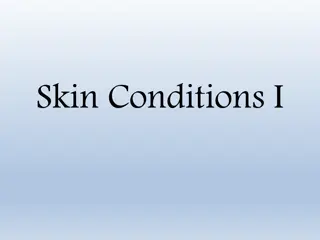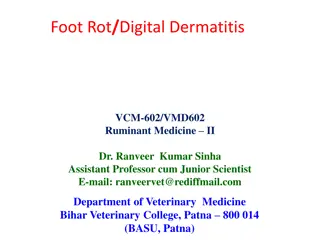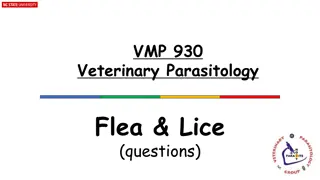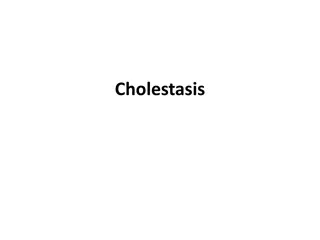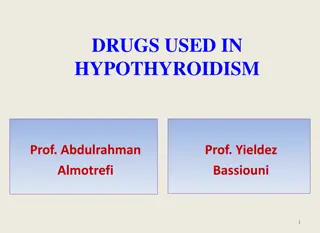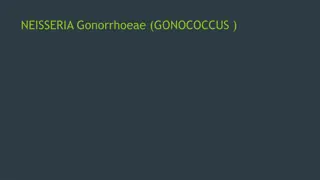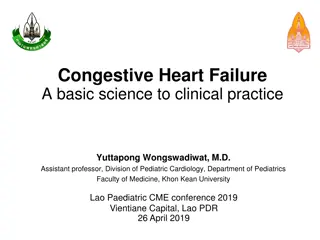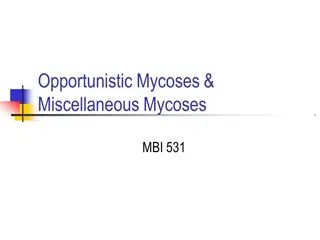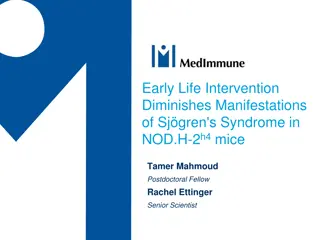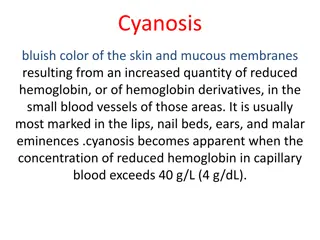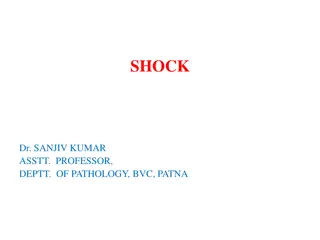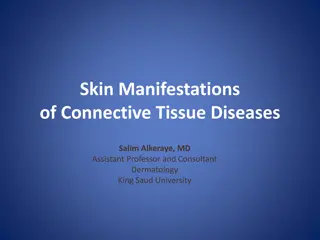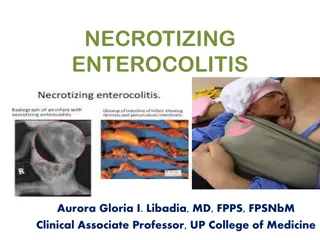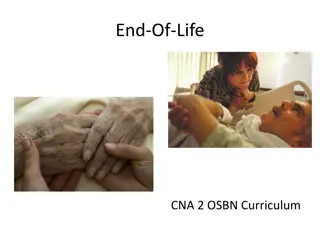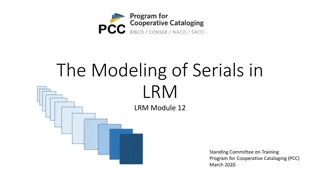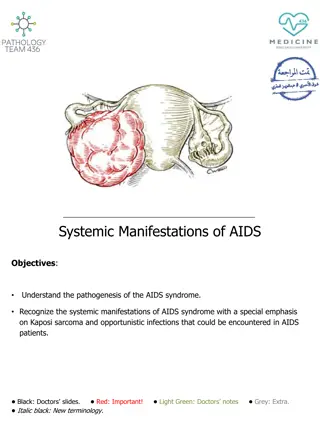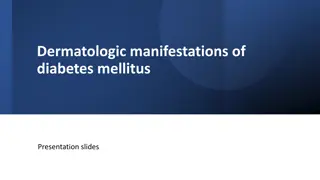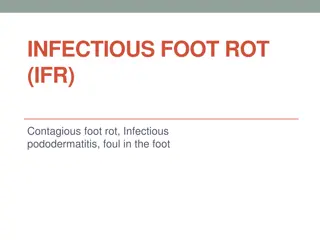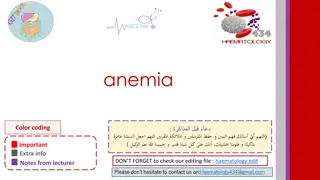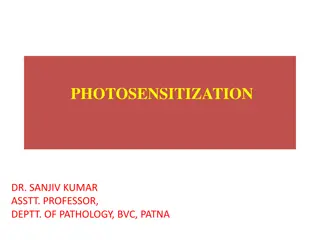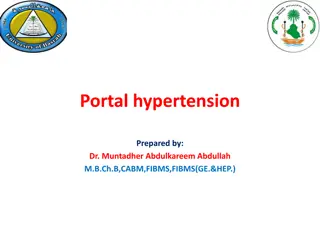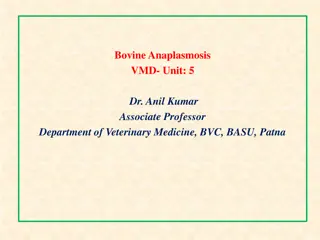Understanding Dermatitis: Causes, Types, and Clinical Manifestations
Dermatitis is a common skin disorder characterized by inflammation, itching, redness, and skin lesions. This article explores the etiology, types (such as contact dermatitis and atopic dermatitis), and clinical manifestations of dermatitis, including acute and chronic phases. Learn about the risk factors, pathophysiology, and common symptoms associated with this condition.
Download Presentation

Please find below an Image/Link to download the presentation.
The content on the website is provided AS IS for your information and personal use only. It may not be sold, licensed, or shared on other websites without obtaining consent from the author. Download presentation by click this link. If you encounter any issues during the download, it is possible that the publisher has removed the file from their server.
E N D
Presentation Transcript
Lecture: Semester:2 Skin disorder Dermatitis Assistant lecturers Sadiq Salam H. Hassanain Mohammed K. Kareem Waheed M. Hussein Khadim H. Al-Mustaqbal University College Department of Nursing 2nd Class Adult Nursing
Dermatitis is inflammation of the skin and is characterized by itching, redness, and skin lesions, with varying borders and distribution patterns. Dermatitis can be caused by exposure to allergens or irritants, by heredity, or by emotional stress.
Etiology/ Risk Factors Inflammatory Reaction In Skin Pathophysiology Erythema, Vesicles, Pruritis Will Occur Eruption Of Skin Continuous Irritation And Scratching Over The Skin Long Term Irritation Thickening Of The Skin
Types of Dermatitis: 1-Contact dermatitis: is an inflammatory reaction of the skin(epidermis) to physical, chemical, or biologic agents. Contact dermatitis may be of the primary irritant type, in which a nonallergic reaction results from exposure to an irritating substance, or it may be allergic (ie, allergic contact dermatitis), resulting from exposure of sensitized people to contact allergens
Clinical Manifestations ACUTE PHASE Erythema Itching Burning sensation over the affected area Edema Formation of vesicles Oozing from the wound CHRONIC PHASE SUB ACUTE PHASE Crusting Hyper/hypo pigmentation Drying Skin become thick Fissuring ( formation of Secondary infection will fissures) occur Skin peeling
2-Atopic Dermatitis: Chronic inherited condition; may be associated with respiratory allergies or asthma; can vary between bright red maculas, papules, oozing, lichenified, and hyper pigmented areas. It's common in children but can occur at any age.
Clinical Manifestations Dry skin Itching, which may be severe, especially at night Red to brownish-gray patches, especially on the hands, feet, ankles, wrists, neck, upper chest, eyelids, inside the bend of the elbows and knees, and in infants, the face and scalp Small, raised bumps, which may leak fluid and crust over when scratched Thickened, cracked, scaly skin Raw, sensitive, swollen skin from scratching
3-Seborrheic dermatitis seborrhea is excessive production of sebaceous secretions; found sebaceous glands (scalp, face, axilla., genitocrural areas) and where there are folds of skin Seborrheic dermatitis is a chronic inflammatory disease of the skin with a predilection for areas that are well supplied with sebaceous glands or lie between skin folds, where the bacteria count is high.
Clinical Manifestations Two forms of seborrheic dermatoses can occur, The oily form appears moist or greasy. There may be patches of sallow, greasy skin, with or without scaling, and slight erythema (ie, redness), The dry form, consisting of flaky desquamation of the scalp with a profuse amount of fine, powdery scales, is commonly called dandruff.
4-Exfoliative Dermatitis is a serious condition characterized by progressive inflammation in which erythema and scaling occur in a more or less generalized distribution. There is a profound loss of stratum corneum (ie, outermost layer of the skin), which causes capillary leakage, hypoproteinemia, and negative nitrogen balance. Because of widespread dilation of cutaneous vessels, large amounts of body heat are lost, exfoliative dermatitis has a marked effect on the entire body.
Clinical Manifestations generalized erythematous eruption accompanied by fever, malaise, and occasionally gastrointestinal symptoms. The skin color changes from pink to dark red. the characteristic exfoliation (ie, scaling) begins, usually in the form of thin flakes Hair loss may accompany this disorder. The systemic effects include high-output heart failure, intestinal disturbances, breast enlargement, and temperature disturbances.
Causes and Risk factors soaps, detergents, scouring compounds, and industrial chemicals. genetic predisposition. Hormones, nutritional status, infection reaction to many medications, including penicillin emotional stress influence its course. extremes of heat and cold and a preexisting skin disease
Medical Management The patient may be hospitalized and placed on bed rest. All medications that may be implicated are discontinued. A comfortable room temperature should be maintained Fluid and electrolyte balance must be maintained because there is considerable water and protein loss from the skin surface. Plasma volume expanders may be indicated. Medicated prescribed (systemic corticosteroids may be prescribed) dandruff treatment by frequent shampooing with medicated
Nursing Management A detailed history is obtained advised the patient to avoid external irritants, excessive heat, and perspiration; rubbing and scratching prolong the disorder. air the skin and keep skin folds clean and dry. Instructions for using medicated shampoos are reinforced Cool, wet dressings also are applied over small areas of vesicular dermatitis A thin layer of cream or ointment containing a corticosteroid then may be used.
NSG.1 impaired skin integrity related contact with irritants or allergens Assess skin, noting color, moisture, texture, temperature; note erythema, edema, tenderness. Assess skin for lesions. Inquire about recent changes in use of products such as soaps, laundry products, cosmetics. Bathe or shower using lukewarm water and mild soap or non soap cleansers. After bathing, allow the skin to air dry or gently pat the skin dry. Avoid rubbing or brisk drying. Apply topical lubricants immediately after bathing. Apply topical steroid creams or ointments. Encourage the patient to avoid aggravating factors.
NSG.2 disturbed body image related visible skin lesions Assess the patient s perception of changed appearance. Assess the patient s behavior related to appearance. Allow patients to verbalize feelings regarding their skin condition. Assist patients in identifying ways to enhance their appearance.






